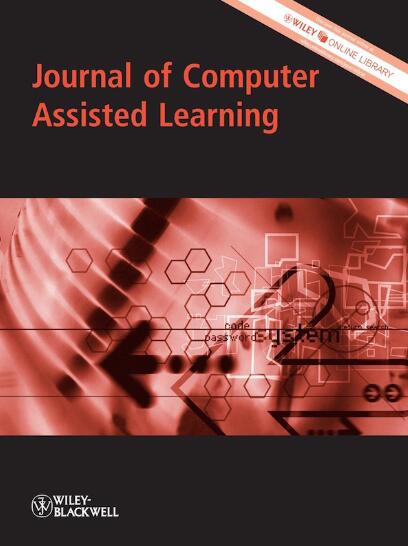Impact of Mobile Technology-Integrated Dynamic Assessment on Students' Music Rhythm Learning
Abstract
Background
Rhythm is the fundamental element of music and one of the indispensable aspects of training in music education, making it highly valued. However, due to the limitations of teaching hours and the large number of students in each class, it is difficult to foster the rhythm ability of elementary school students.
Objectives
Hence, this study developed a Dynamic Assessment-Based Mobile Technology-Assisted Rhythm Teaching System (hereafter, the Dynamic System) and a Conventional Mobile Technology-Assisted Rhythm Teaching System (hereafter, the Conventional System) which were applied to third graders' music rhythm learning in the hopes of promoting their rhythm ability.
Methods
A quasi-experimental design was carried out. The experimental group used the Dynamic System, while the control group adopted the Conventional System. The learning activities lasted for 3 weeks. After the learning activities, we examined the effects of learning achievement, learning motivation and cognitive load.
Results and Conclusions
The results showed that the experimental group had significantly better rhythm learning achievement and intrinsic motivation than the control group. Both groups' intrinsic motivation was enhanced, and their cognitive load was similar. It is suggested that future research can incorporate different teaching strategies or elements of music in the Dynamic System for students' music rhythm learning to achieve the greatest value and contribution to mobile technology learning.

 求助内容:
求助内容: 应助结果提醒方式:
应助结果提醒方式:


